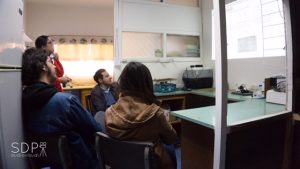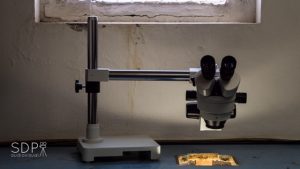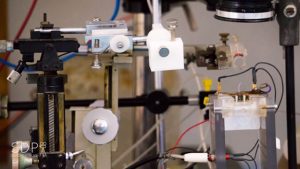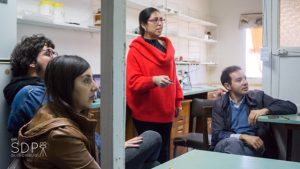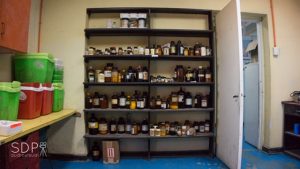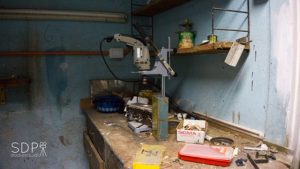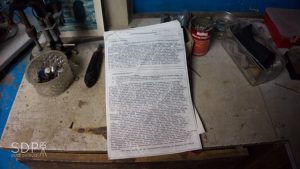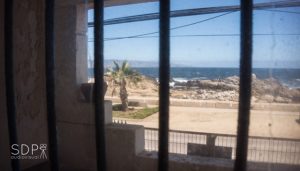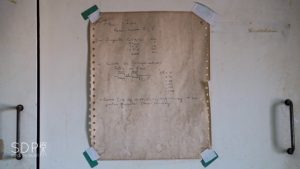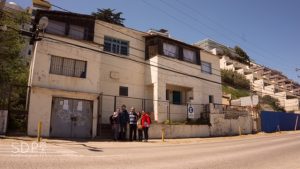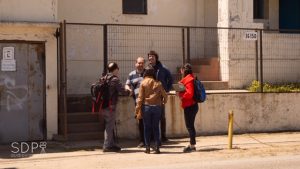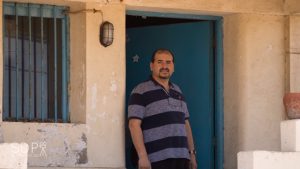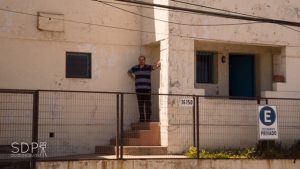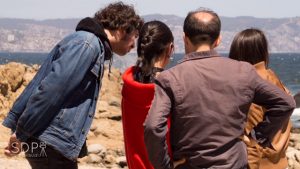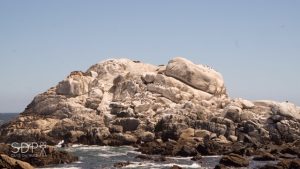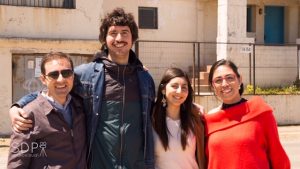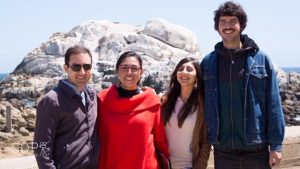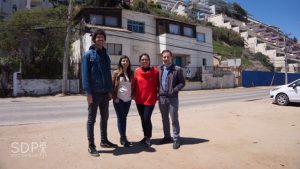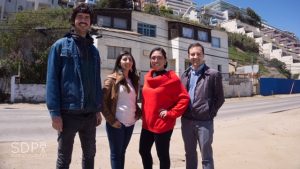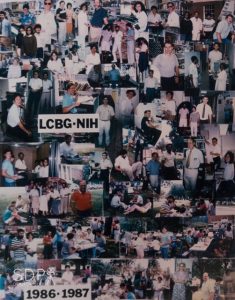El profesor Christian Wilson ha enviado a esta Dirección una interesante columna de opinión sobre una visita efectuada recientemente por él y los integrantes del Laboratorio de Bioquímica de Moléculas Individuales y Mecanobiología al Laboratorio creado por el profesor Mario Luxoro en Montemar:
“El nacimiento de la Biofísica Latinoamericana está muy ligada a nuestra Facultad a través de la persona de Mario Luxoro.
El doctor Mario Luxoro, al finalizar su doctorado en el MIT en Estados Unidos, vuelve a Chile para hacer investigación y docencia en nuestra Universidad. En 1957, al crearse la carrera de Bioquímica por el profesor Osvaldo Cori, le corresponde al profesor Luxoro estar a cargo de la cátedra, hoy no existente en nuestra Facultad, de Biofísica. Esta cátedra inspiró a varios estudiantes a seguir esta área, entre los cuales se encuentran los Premios Nacionales de Ciencia, Cecilia Hidalgo y Ramón Latorre, egresados de nuestra carrera de Bioquímica.
En su tesis de doctorado el profesor Luxoro había trabajado con calamares gigantes, viendo la estructura de su axón con microscopía electrónica. Al volver a Chile, se interesó en estudiar la corriente nerviosa de estos axones, comenzando sus trabajos de investigación en el edificio de Biología Marina en Montemar para tener acceso a calamares frescos (calamar gigante de Humboldt, Dosidicus gigas). Posteriormente, gracias a sus gestiones y apoyo de otros científicos chilenos, como Mitzy Cannesa, logra comprar una casa al frente del edificio de Biología Marina para modificarla y dejarla funcional como laboratorio (previamente era un burdel).
Es en Montemar donde se hacen descubrimientos esenciales al entendimiento del potencial de acción y como se trasmite la corriente nerviosa. Fue ahí donde por primera vez se pudo determinar que eran proteínas esenciales para la trasmisión nerviosa (Rojas y Luxoro, 1963).
Posteriormente el profesor Luxoro ayuda a la creación de la Facultad de Ciencias de la Universidad de Chile, unidad académica que hoy en día está a cargo del laboratorio.
Si bien el laboratorio ha tenido un gradual deterioro por el paso de los años, desde el año 2008, un grupo de científicos, liderados por Francisco Bezanilla, Ramón Latorre y Miguel Holmgren han vuelto a darle vida, logrando junto a estudiantes como Juan Pablo Castillo, publicar interesantes trabajos científicos (Castillo et al., 2011 y Castillo et al., 2015).
Como una manera de recordar y proyectar el legado de este lugar único de la ciencia chilena, el Laboratorio de Bioquímica de Moléculas Individuales y Mecanobiología de la Facultad de Ciencias Químicas y Farmacéuticas de la Universidad de Chile hizo su reunión de grupo en Montemar, la que fue una experiencia muy importante para ellos.
Además los acompañó Nicolás Novoa de SDP audiovisual, quién ha tenido un gran interés por visibilizar la ciencia chilena y registró fotográficamente Montemar.
Fuentes:
- Castillo, J.P., De Giorgis, D., Basilio, D., Gadsby, D.C., Rosenthal, J.J., Latorre, R., Holmgren, M., y Bezanilla, F. (2011) Energy Landscape of the reactions governing the Na+deeply occluded state of the Na+/K+-ATPase in the giant axon of the Humboldt squid. Proc. Natl. Acad. Sci. USA 108, 20556-20561.
- Castillo, J.P., Rui, H., Basilio, D., Das, A., Roux, B., Latorre, R., Bezanilla, F., y Holmgren, M. (2015) Mechanism of potassium ion uptake by the Na+/K+-ATPase. Nature Comm. 6, 7622.
- E., y Luxoro, M. (1963) Micro-injection of Trypsin into Axon of Squid. Nature 199, 78-79.”


